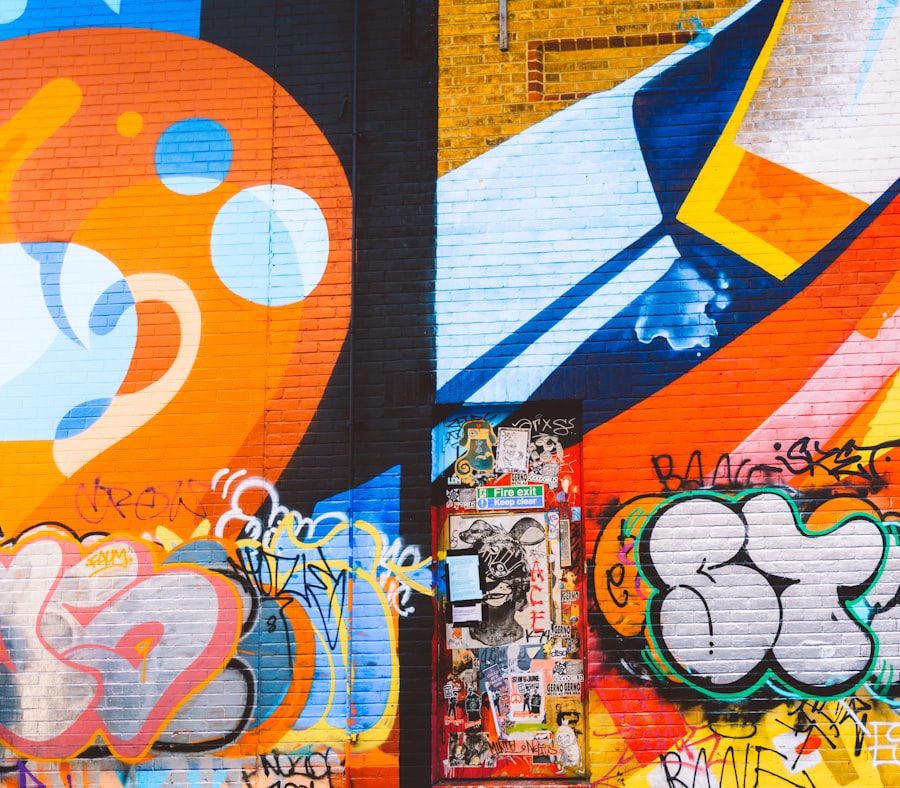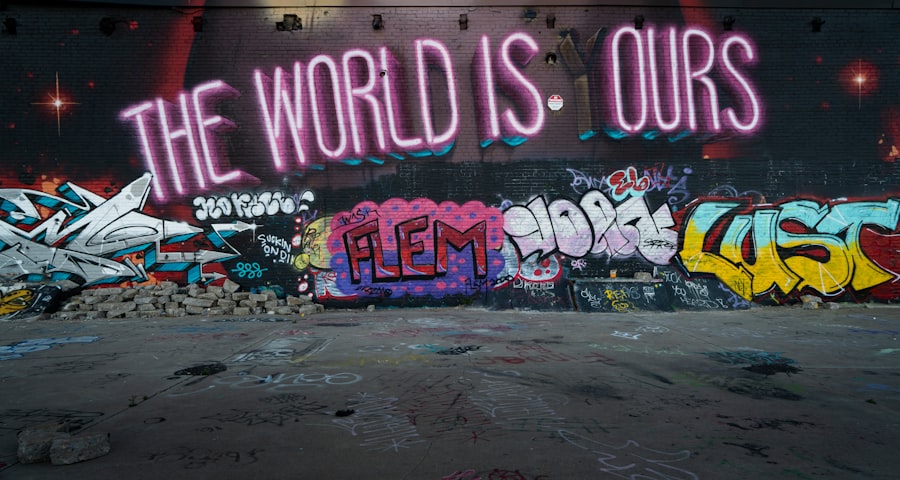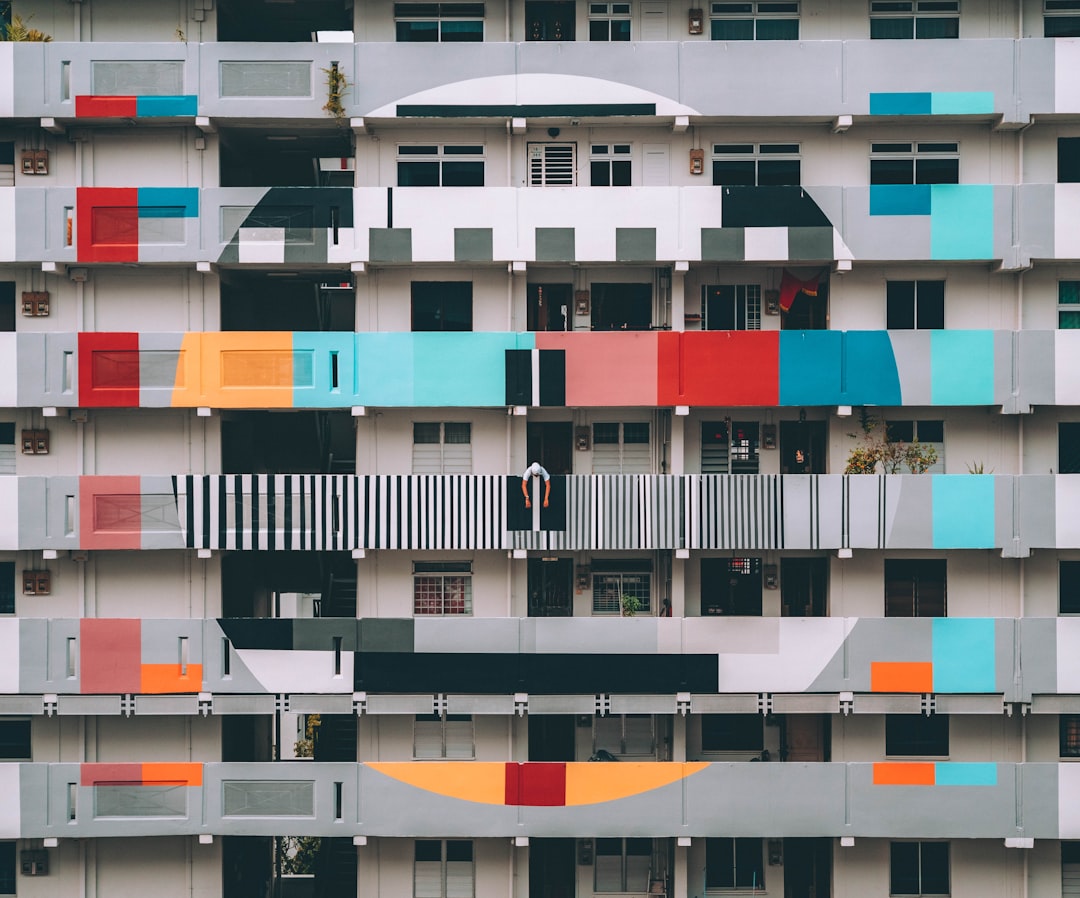The phenomenon of cultural awakening in colonial cities represents a complex interplay of indigenous traditions and foreign influences, resulting in a unique tapestry of cultural expression. As colonial powers established their presence across various regions, cities became melting pots where diverse cultures converged. This convergence often sparked a renaissance of artistic, intellectual, and social movements that were previously dormant or suppressed.
The cultural awakening was not merely a passive absorption of colonial influences; rather, it was an active reconfiguration of identity, where local populations began to reinterpret their heritage in light of new realities. In many instances, this cultural awakening was characterized by a resurgence of local traditions alongside the adoption of European styles and practices. The colonial city became a stage for this dynamic interaction, where the old and the new coexisted, often in tension.
For example, in cities like Calcutta and Jakarta, the introduction of Western education and governance systems prompted local elites to engage with European ideas while simultaneously seeking to preserve their cultural identities. This duality laid the groundwork for a rich cultural landscape that would influence future generations and shape the trajectory of post-colonial societies.
Key Takeaways
- Colonial cities experienced a cultural awakening that shaped their identity and development.
- Colonial rule had a significant influence on the cultural development of cities, impacting art, architecture, and traditions.
- The emergence of art and architecture in colonial cities reflected a blend of indigenous and colonial influences.
- Trade and globalization played a key role in cultural exchange, shaping the unique identity of colonial cities.
- Religion and rituals played a significant role in shaping the culture of colonial cities, leaving a lasting legacy in modern times.
Influence of Colonial Rule on Cultural Development
Imposition of Foreign Cultural Norms
In many cases, colonial authorities sought to impose their cultural norms as a means of asserting control, which inadvertently catalyzed a reaction among local populations.
Emergence of New Artistic Expressions
For instance, in the British Raj in India, the introduction of Western education created a new class of educated Indians who began to articulate their thoughts through literature and political discourse. Writers like Rabindranath Tagore and Bankim Chandra Chatterjee emerged during this period, drawing inspiration from both Indian traditions and Western literary forms. Their works not only reflected the complexities of identity in a colonial context but also served as vehicles for social reform and national consciousness.
Hybrid Cultural Forms in Africa
Similarly, in Africa, colonial rule disrupted traditional societies but also led to the emergence of new artistic expressions that combined indigenous motifs with European techniques, as seen in the works of artists like El Anatsui.
Emergence of Art and Architecture in Colonial Cities

The colonial period witnessed a remarkable evolution in art and architecture within urban centers, as colonial powers sought to impose their aesthetic ideals while simultaneously engaging with local styles. This resulted in a distinctive architectural language that often blended European styles with indigenous elements. In cities like New Delhi, the British constructed grand edifices such as the Rashtrapati Bhavan and India Gate, which were designed to reflect imperial power and authority.
However, these structures were often juxtaposed with local architectural forms, creating a visual dialogue between the colonizers and the colonized. Art during this period also underwent significant transformation as artists began to explore themes related to identity, resistance, and cultural hybridity. The establishment of art schools under colonial patronage provided opportunities for local artists to experiment with new techniques while remaining rooted in their cultural heritage.
For example, the Bengal School of Art emerged as a response to Western artistic influences, emphasizing traditional Indian themes and techniques while incorporating modern sensibilities. Artists like Abanindranath Tagore played a pivotal role in this movement, advocating for a return to indigenous aesthetics that celebrated India’s rich artistic legacy.
Impact of Trade and Globalization on Cultural Exchange
The rise of trade networks during the colonial era facilitated unprecedented levels of cultural exchange between different regions of the world. Colonial cities became vital hubs where goods, ideas, and artistic expressions flowed freely across borders. This exchange was not limited to material goods; it also encompassed knowledge systems, religious beliefs, and artistic practices that transcended geographical boundaries.
The globalization of trade routes allowed for the introduction of new commodities such as spices, textiles, and precious metals, which not only enriched local economies but also influenced cultural practices. In cities like Batavia (modern-day Jakarta), the convergence of diverse cultures led to the emergence of unique culinary traditions that blended indigenous ingredients with foreign cooking techniques. The fusion of flavors created dishes that reflected the multicultural fabric of colonial society.
Similarly, the introduction of European painting techniques influenced local artisans who began to incorporate these methods into their work while retaining traditional themes. This cross-pollination of ideas fostered an environment where creativity thrived, resulting in innovative art forms that captured the essence of a rapidly changing world.
Role of Religion and Rituals in Shaping Colonial City Culture
Religion played a crucial role in shaping the cultural landscape of colonial cities, serving as both a source of continuity and a catalyst for change. The arrival of colonial powers often brought with it new religious ideologies that interacted with existing belief systems. In many cases, this led to syncretism—a blending of different religious practices that created new forms of worship and community identity.
For instance, in Latin America, Spanish colonization resulted in the fusion of Indigenous beliefs with Catholicism, giving rise to unique religious festivals that celebrated both traditions. Rituals and ceremonies became important expressions of cultural identity within colonial cities. Festivals such as Diwali in India or Carnival in Brazil showcased the vibrant interplay between indigenous customs and colonial influences.
These events not only served as occasions for communal celebration but also acted as platforms for resistance against colonial oppression. In many instances, they provided opportunities for marginalized groups to assert their identities and challenge dominant narratives imposed by colonial authorities. The resilience displayed through these rituals underscored the enduring power of culture as a means of resistance and self-affirmation.
Legacy of Colonial Cultural Awakening in Modern Times

The legacy of cultural awakening during the colonial period continues to resonate in contemporary societies around the world. The hybrid identities forged during this time have laid the groundwork for modern artistic movements that draw upon both indigenous traditions and global influences. In countries like India, post-colonial artists and writers grapple with the complexities of their heritage while exploring themes related to globalization and identity politics.
The works of contemporary artists such as Subodh Gupta reflect this ongoing dialogue between past and present, showcasing how colonial legacies inform current artistic practices. Moreover, the cultural exchanges initiated during the colonial era have contributed to a globalized world where cross-cultural interactions are increasingly common. The blending of diverse traditions has given rise to new genres in music, literature, and visual arts that transcend national boundaries.
For example, genres like Afrobeat or Reggaeton illustrate how musical forms can evolve through the fusion of different cultural influences, creating vibrant expressions that resonate with audiences worldwide. In conclusion, the cultural awakening experienced in colonial cities was a multifaceted phenomenon shaped by various factors including colonial rule, trade networks, religious practices, and artistic innovation. This awakening not only transformed local cultures but also laid the foundation for contemporary expressions that continue to evolve today.
The interplay between tradition and modernity remains a defining characteristic of post-colonial societies as they navigate their complex legacies while forging new paths forward.
In exploring the concept of equality of educational opportunity, one may find parallels to the Cultural Awakening in Colonial Cities. This related article delves into the disparities in education and the implications for social justice. To read more about this topic, check out com/education-inequalities-and-social-justice-exploring-the-concept-of-equality-of-educational-opportunity/’>Education Inequalities and Social Justice: Exploring the Concept of Equality of Educational Opportunity.
FAQs
What is cultural awakening in colonial cities?
Cultural awakening in colonial cities refers to the period of increased cultural and artistic activity that occurred in cities during the colonial era. This period saw the emergence of new artistic movements, the establishment of cultural institutions, and the flourishing of literature, music, and visual arts.
What factors contributed to cultural awakening in colonial cities?
Several factors contributed to the cultural awakening in colonial cities, including increased trade and commerce, the influx of immigrants from diverse cultural backgrounds, the patronage of wealthy merchants and aristocrats, and the influence of European artistic and intellectual movements.
What were some key developments during the cultural awakening in colonial cities?
Key developments during the cultural awakening in colonial cities included the establishment of theaters, opera houses, and art academies, the publication of literary and philosophical works, the commissioning of public monuments and architectural landmarks, and the organization of cultural festivals and events.
How did the cultural awakening in colonial cities impact society?
The cultural awakening in colonial cities had a profound impact on society, fostering a sense of civic pride and identity, promoting social cohesion and interaction among diverse communities, and providing opportunities for artistic expression and cultural exchange. It also contributed to the development of a distinct urban culture and heritage.
What is the legacy of the cultural awakening in colonial cities?
The legacy of the cultural awakening in colonial cities can be seen in the rich cultural heritage and artistic traditions that continue to thrive in many cities today. It also laid the foundation for the development of modern cultural institutions, artistic movements, and urban cultural landscapes.






















+ There are no comments
Add yours